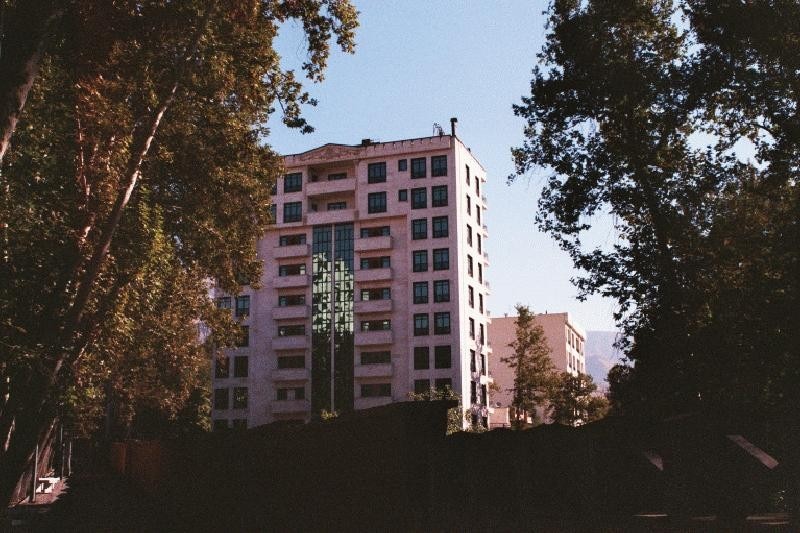Last week I have interviewed Sara Kamalvand at the radio. The purpose of my telephone call was to discover how Tehran, one of the biggest city between Istanbul and Mumbai, has experimented the export of the american urban model.
Indeed, its expansion was designed in the 1960‘s by Los Angeles architect Victor Gruen. His Modernist master-plan placed a grid of over three hundred
kilometers of inner city highways omitting systematically the topography and erasing a
thousand-year old urban heritage based on water management.
The city had evolved in the axis of a central waterway becoming its spinal cord before it
sprawled into a territory seven times its size in a short time span of thirty years. In fact, before
its Modernist expansion, Tehran like all other Iranian cities in the desert, was dependent on its
adjacent mountain for water. An ancient irrigation network called the quanattapped water from
the foothill at the bed of the waterways creating a linear network between mountain city and
agricultural plain.
In 2005 a new master-plan was commissioned by the state to architect Hadi Mirmiran which
offered an opportunity to revise the city but this time through a local vision, grounded in persian
culture and its focus the art of the garden as an archetype. The new master-plan which has
now become an official document, is a strategy to rethink the city through its watershed by the
irrigation of five urban corridors which borrow the traces of the old rivers and cross the site from
the mountains to the desert.
BSG, the firm created to produce the master-plan, analyzed in detail these waterways and their
relationship to the urban and ecological context. The proposed corridors offer the opportunity to
create an ecological network where nature and urban space come together to restructure the
city in an imbrication of scales. A hybridization of uses positioned in strategic points in relation to
the flow of water will create new passages between restrained urban archipelagoes of the
highway-scape.
But unfortunately today these corridors are no longer regarded as an architectural project on
water the way it was originally intended by Hadi Mirmiran. The architect’s passing away in 2007
in a long struggle against bone cancer has left the project without a strong direction. But the
vision is still there and perhaps a new generation of architects, landscape architects, and urban
planners concerned with environmental issues will acknowledge the relevance of these
corridors and work to implement this ambitious and very poetic project in their city.
Sara Kamalvand is an architect and urban planner based in Toronto Canada. She worked as
head of the design team with BSG and Hadi Mirmiran in Tehran, after which she published
“Tehran 2050” an award winning academic thesis at ESA Paris. Her project was recently part of
the Hydrocity exhibition in Toronto.
Tehran’s Ecological Corridors

View Article details
- Daniela Terrile
- 14 February 2010
